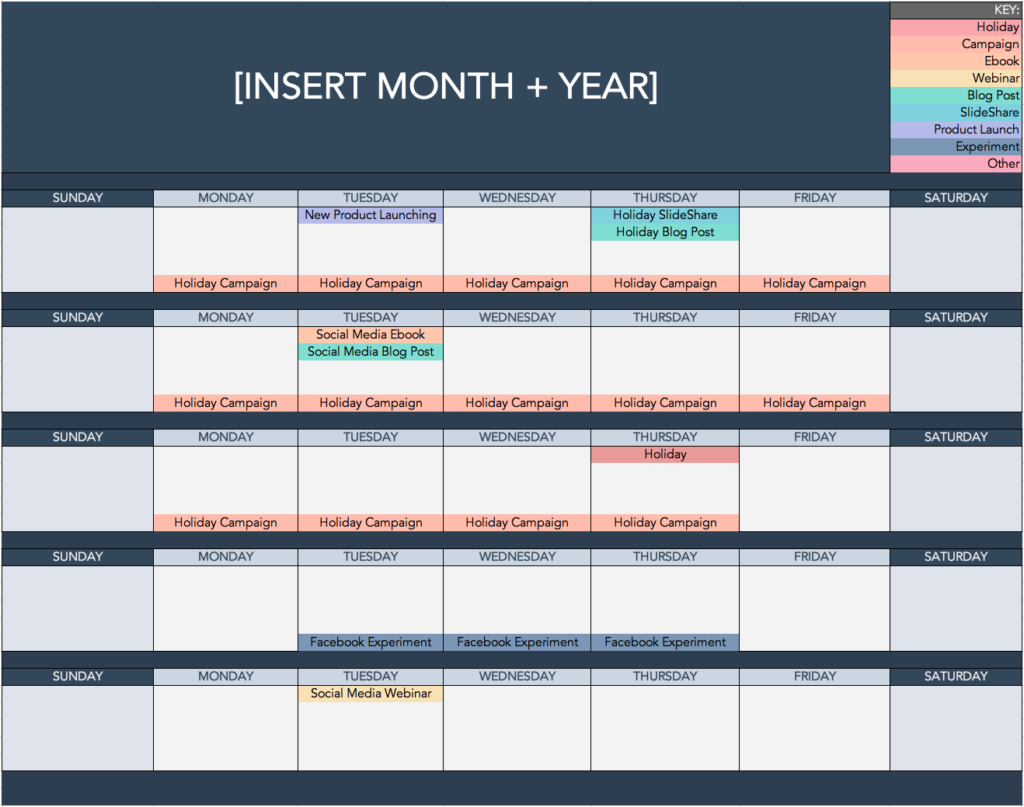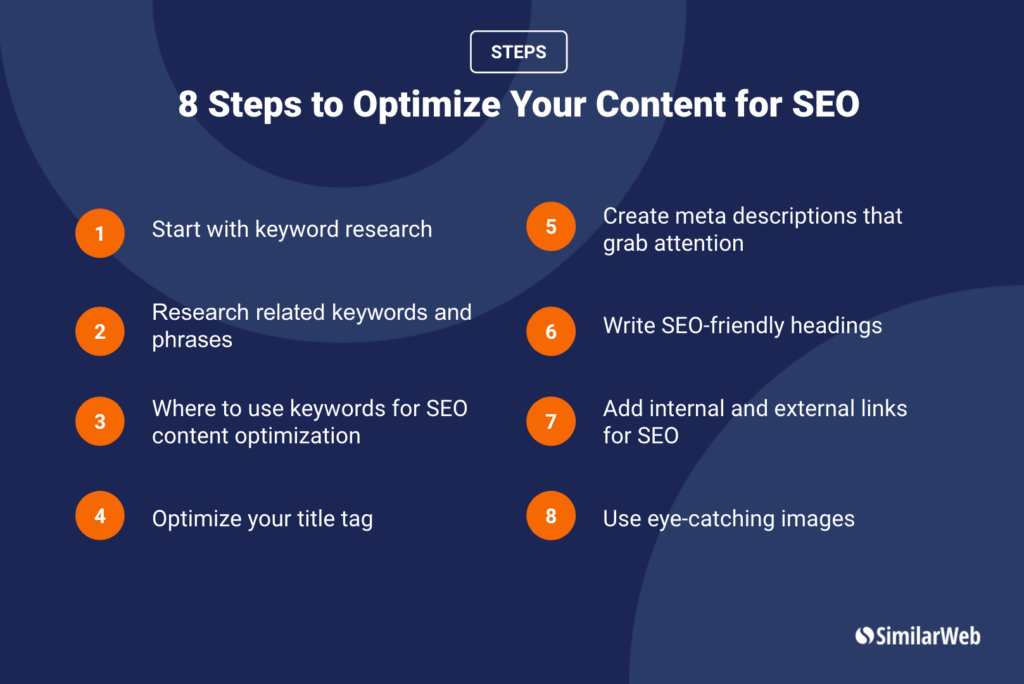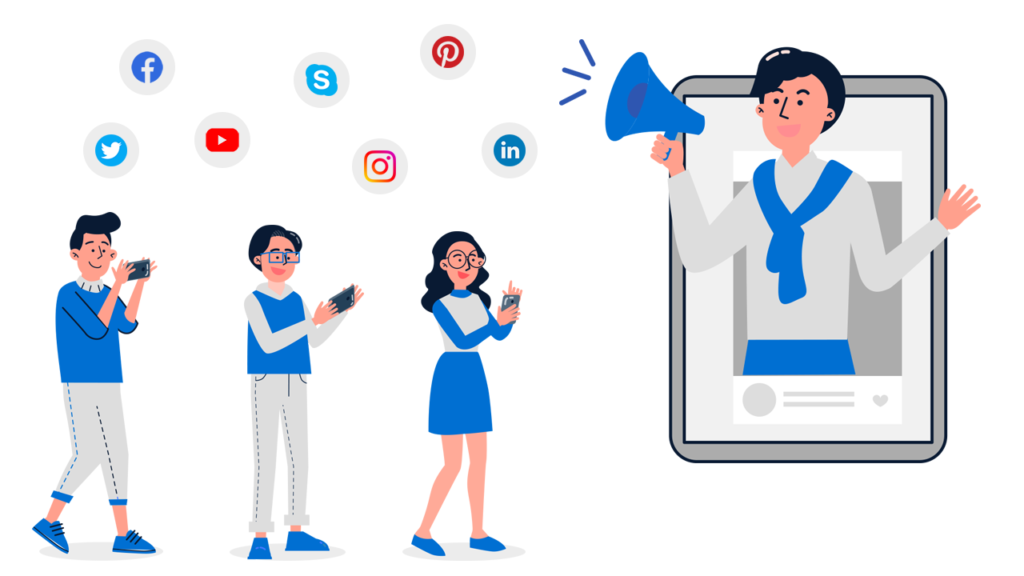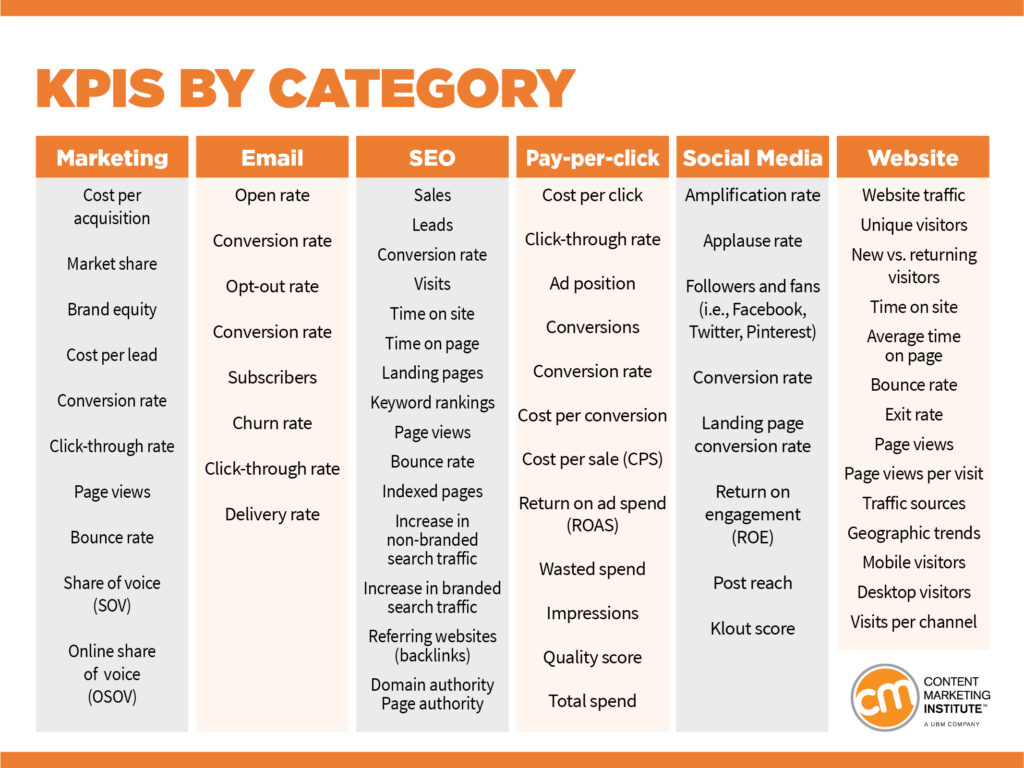In the highly competitive world of ecommerce, standing out from the crowd is crucial. Content marketing for Shopify stores plays a pivotal role in driving traffic, increasing customer engagement, and ultimately boosting sales. By providing valuable information to your target audience, you position your brand as an expert in your niche and foster trust with potential customers. A well-executed content marketing strategy not only increases brand visibility but also enhances customer retention, leading to long-term success.
Goals of Content Marketing Strategies for Ecommerce Businesses
Content marketing strategies for ecommerce businesses should be tailored to achieve specific goals. These goals may include:
- Attracting and retaining a loyal customer base
- Increasing brand awareness and credibility
- Driving organic traffic to your Shopify store
- Boosting conversion rates and sales
- Establishing your business as an industry thought leader
By setting clear objectives for your content marketing efforts, you can create a focused strategy that delivers measurable results for your Shopify store.
Understanding Your Target Audience
Identifying Your Ideal Customer
Before diving into content creation, it’s essential to identify your ideal customer. By understanding your target audience, you can tailor your content to resonate with them, making your marketing efforts more effective. Start by creating buyer personas, which are fictional representations of your ideal customers. Consider demographics, psychographics, and behavioral traits that define your target audience. This information will guide your content strategy and ensure that you’re addressing their needs, interests, and pain points.

Analyzing Customer Needs and Preferences
An essential aspect of understanding your target audience is analyzing their needs and preferences. This information will help you create content that is both engaging and relevant to them. Conduct market research, analyze competitors, and study industry trends to gain insights into your audience’s preferences. Pay attention to the type of content they consume and the platforms they use. By focusing on their needs and preferences, you’ll develop content that is more likely to capture their attention and drive engagement.

Utilizing Customer Feedback and Reviews
Customer feedback and reviews are invaluable resources for refining your content marketing strategy. By listening to your customers, you can gain insights into their needs, preferences, and pain points. Use this information to create content that addresses their concerns, answers their questions, and adds value to their lives. Additionally, positive reviews can be leveraged as social proof, showcasing the benefits of your products or services and building trust with potential customers. Make it a habit to monitor customer feedback and incorporate it into your content marketing strategy, ensuring you’re always meeting the needs of your target audience.

Creating High-Quality, Relevant Content
Types of Content for Shopify Stores (Blog Posts, Videos, Infographics, etc.)
Diversifying your content is essential for keeping your audience engaged. Experiment with different content formats to cater to various preferences and learning styles. Some popular types of content for Shopify stores include:
- Product descriptions: Share detailed product descriptions while keeping it simple.
- Blog posts: Share insights, tips, and updates related to your industry or products.
- Videos: Create product demonstrations, tutorials, or behind-the-scenes glimpses.
- Infographics: Present complex information in an easily digestible visual format
- Email newsletters: Keep your subscribers informed and engaged with regular updates and promotions
- Podcasts: Share in-depth discussions or interviews with industry experts
- Social media posts: Social media posts are the best way to share compelling content with your target audience.
By offering a variety of content formats, you can reach a wider audience and keep your content marketing efforts fresh and engaging.

Using Storytelling to Engage and Retain Customers
Storytelling is a powerful tool for capturing your audience’s attention and fostering an emotional connection. Share stories about your brand’s journey, customer success stories, or real-life examples of how your products or services have made a difference. By incorporating storytelling into your content marketing, you can humanize your brand, build trust, and create memorable experiences for your customers.
Focusing on Educational and Informative Content
Content that educates and informs your audience adds value to their lives and positions your brand as an industry expert. Focus on creating content that addresses common customer questions, offers practical solutions, or provides insights into industry trends. This type of content not only drives engagement but also establishes trust and credibility, making it more likely that your audience will choose your brand when they’re ready to make a purchase.
Developing a Content Marketing Plan
Setting Content Marketing Objectives and KPIs
Establishing clear objectives and key performance indicators (KPIs) is crucial for measuring the success of your content marketing efforts. Objectives should be specific, measurable, achievable, relevant, and time-bound (SMART). KPIs help you track your progress and make data-driven decisions to optimize your strategy. Some common content marketing KPIs include:
- Website Traffic
- Social media engagement
- Email open and click-through rates
- Conversion rates
- Customer acquisition cost
By setting objectives and monitoring KPIs, you can ensure your content marketing efforts are aligned with your overall business goals.

Creating a Content Marketing Calendar
A content marketing calendar is essential for planning, organizing, and scheduling your content. This tool helps you maintain consistency, ensure timely publication, and avoid last-minute scrambling for ideas. When creating your calendar, consider:
- Content themes and topics
- Target audience segments
- Content formats and channels
- Publishing frequency
- Seasonal or industry events
Regularly review and update your content marketing calendar, adapting your strategy as needed based on performance data and market trends.

Balancing Promotional and Non-Promotional Content
To build trust and credibility with your audience, it’s essential to strike a balance between promotional and non-promotional content. While promotional content showcases your products or services, non-promotional content focuses on providing value to your audience through education, information, or entertainment. Aim for a mix of content that engages, informs, and nurtures your audience without overwhelming them with sales pitches. A balanced content marketing strategy will help you build lasting relationships with your customers and drive sustainable growth for your Shopify store.
SEO Best Practices for Content Marketing
Conducting Keyword Research
Keyword research is a critical aspect of SEO for content marketing. By targeting relevant keywords, you can improve your content’s visibility in search engine results, driving organic traffic to your Shopify store. Use keyword research tools such as Google Keyword Planner, SEMrush, or Ahrefs to identify high-volume, low-competition keywords in your niche. Incorporate these keywords naturally into your content, focusing on delivering value to your audience while optimizing for search engines.
Optimizing Content for Search Engines
Optimizing your content for search engines helps improve its visibility and ranking in search results. Follow these SEO best practices for content marketing:
- Include target keywords in your title, headings, and throughout your content
- Write engaging, informative meta descriptions
- Use header tags (H1, H2, H3) to structure your content
- Optimize your images with descriptive alt tags and file names
- Ensure your content is mobile-friendly and loads quickly
- Regularly update and refresh your content to maintain its relevance
By following these best practices, you can increase the chances of your content being found by potential customers searching for information related to your products or services.

Building High-Quality Backlinks
Backlinks, or inbound links from other websites to your content, are an important factor in search engine rankings. High-quality backlinks signal to search engines that your content is valuable and trustworthy. To build high-quality backlinks, consider:
- Creating shareable, link-worthy content
- Guest posting on reputable industry blogs or websites
- Collaborating with influencers or industry experts
- Engaging in relevant online communities and forums
- Utilizing social media to share and promote your content
Focus on earning backlinks from authoritative, relevant websites to boost your content’s credibility and improve its visibility in search engine results.

Leveraging Social Media and Influencer Marketing
Promoting Content on Social Media Platforms
Social media is a powerful tool for amplifying the reach of your content marketing efforts. By sharing your content on platforms like Facebook, Twitter, Instagram, LinkedIn, and Pinterest, you can engage with your audience, drive traffic to your Shopify store, and generate leads. Tailor your content for each platform, considering factors like post format, caption length, and ideal posting times. Monitor your social media analytics to determine which types of content resonate with your audience and optimize your strategy accordingly.

Collaborating with Influencers in Your Niche
Influencer marketing can significantly increase the visibility and credibility of your content. By collaborating with influencers in your niche, you can tap into their established audiences and gain valuable endorsements. Research and identify influencers who align with your brand values and target audience. Reach out to them with partnership proposals, offering incentives like free products, commission, or co-branded content. Influencer collaborations can take the form of sponsored posts, product reviews, giveaways, or social media takeovers.

Encouraging User-Generated Content
User-generated content (UGC) is a valuable asset for your content marketing strategy. It not only provides you with fresh, authentic content but also strengthens your brand’s credibility and trustworthiness. Encourage your customers to share their experiences with your products or services on social media, using a dedicated hashtag or tagging your brand. Share UGC on your platforms, giving credit to the original creators. You can also run contests or offer incentives to motivate your audience to create and share content featuring your brand. By leveraging UGC, you can foster a sense of community and drive engagement with your Shopify store.

Analyzing and Optimizing Your Content Marketing Performance
Monitoring Content Marketing Metrics and KPIs
Tracking your content marketing metrics and KPIs is essential for gauging the success of your efforts and identifying areas for improvement. Regularly monitor metrics such as website traffic, bounce rate, time on page, social media engagement, and conversion rates. By analyzing these metrics, you can gain insights into how your content is performing and its impact on your overall business goals.

Identifying Areas for Improvement
Use your content marketing metrics to identify areas where your strategy can be improved. Look for patterns in your data, such as underperforming content types, topics, or channels. Consider factors like audience engagement, content relevance, and SEO optimization. Once you’ve identified areas for improvement, develop a plan to address these issues and refine your content marketing strategy.
Making Data-Driven Decisions to Enhance Your Content Marketing Strategy
Utilize the insights gathered from your content marketing metrics to make data-driven decisions that enhance your strategy. This may involve:
- Adjusting your content mix to focus on high-performing formats and topics
- Optimizing your SEO strategy to target more relevant keywords
- Refining your social media posting schedule to reach your audience at optimal times
- Investing in influencer collaborations or paid advertising to increase your content’s reach
By making informed, data-driven decisions, you can continuously improve your content marketing strategy, driving better results for your Shopify store and maximizing your return on investment.
Conclusion
The Impact of Content Marketing on Shopify Store Traffic and Sales
Content marketing is a powerful tool for driving traffic and sales for your Shopify store. By providing valuable, engaging, and informative content, you attract and retain customers, boost brand awareness, and establish your business as a credible industry expert. A well-executed content marketing strategy can lead to significant improvements in organic traffic, customer engagement, and conversion rates, ultimately driving sustainable growth for your ecommerce business.
Investing in Content Marketing for Long-Term Success
Investing in content marketing is essential for long-term success in the competitive ecommerce landscape. By consistently producing high-quality, relevant content, you build lasting relationships with your customers and foster brand loyalty. As your content marketing efforts continue to evolve and adapt, you’ll be better positioned to meet the changing needs and preferences of your target audience, ensuring ongoing success for your Shopify store.
Deep Dive Into Content Marketing For E-Commerce With Phase 3
At Phase 3 Commerce, we specialize in helping ecommerce businesses unlock their full potential through expert guidance and innovative solutions. Our team of professionals is here to assist you in developing and implementing a winning content marketing strategy that drives traffic, sales, and long-term success for your Shopify store. Don’t miss out on the benefits of content marketing for your business. Contact us today to learn how we can help you achieve your ecommerce goals.
Originally published on Phase 3 Shopify Agency. All rights reserved.


